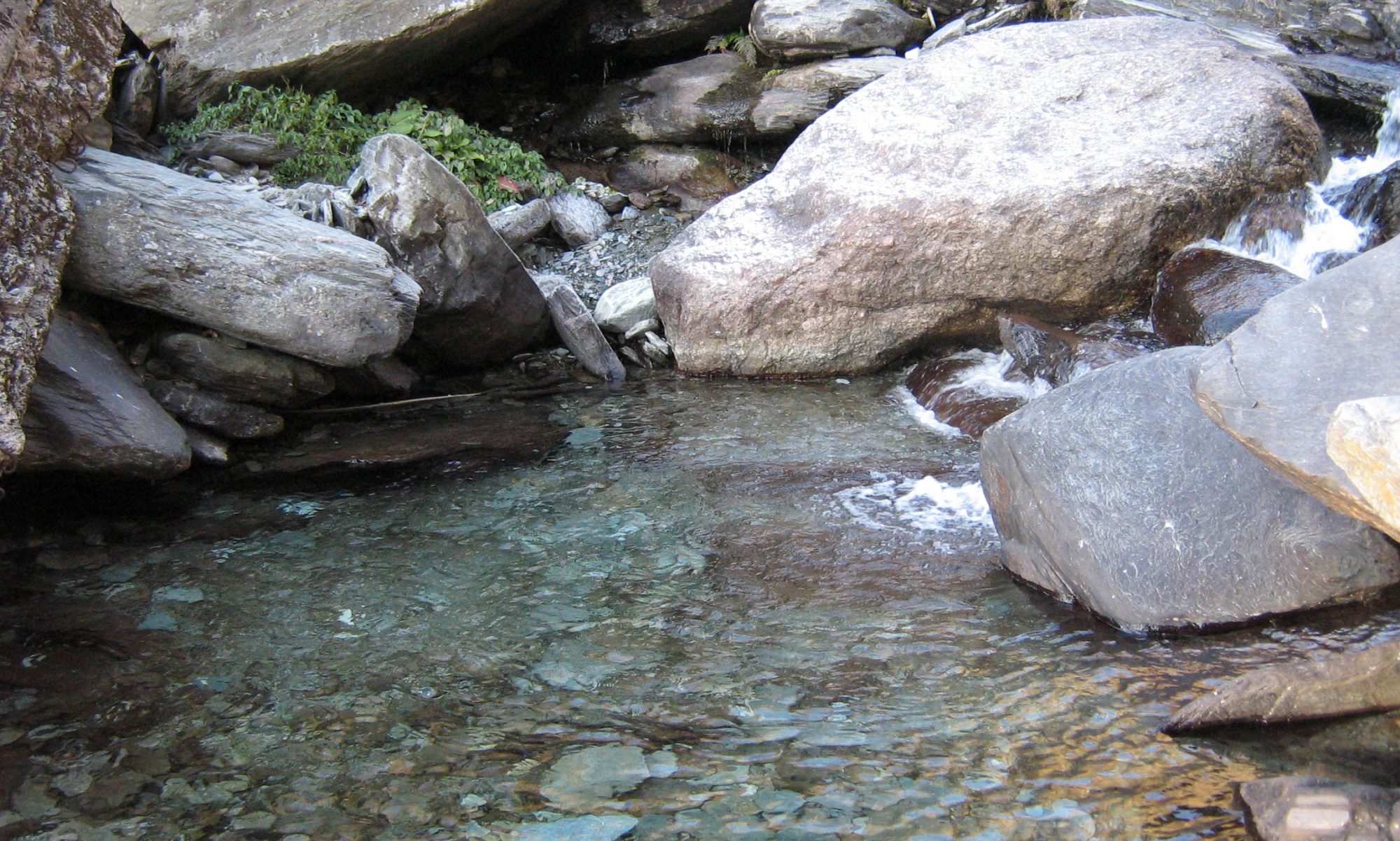Improving ion selective membranes through a greener approach to biofouling prevention
Many water treatment technologies rely on selective membranes at some stage. Prevention of biofouling is essential to their efficient function, but antimicrobials introduced into water can have hazardous side effects. We are designing low-hazard antimicrobials to integrate into membrane structures, improving efficiency and safety.
Photodynamic antimicrobial surfaces and foul-release coatings
Shining visible light on surfaces covalently functionalized with porphyrin photosensitizers generates reactive oxygen species that prevent biofilm formation. These have potential applications in clinical, environmental, and food packaging contexts.
Precious metal-free materials for electrocatalysis
Zinc-air batteries are an attractive energy storage option due to their high theoretical energy densities and precious metal-free construction. We synthesize and explore an array of nanostructured and molecular electrocatalysts.
Materials for low-cost in-field detection of contaminants in water
Current methods for detecting trace contaminants in water are often costly or complicated. We design and synthesize selective electrochemically or photochemically active sensor molecules to bind and report the presence of metals and other species at low concentrations. We also design and fabricate prototype sensors for early-stage testing. Contaminants of interest include but are not limited to fluoride, arsenic, and PFOS.
Kelp-based bioplastics
Extraction and characterization of uronic acid polymers for the formation of bioplastic films. We examine lifecycle parameters of greener extraction processes, and explore recycling potential for this biomaterial.

